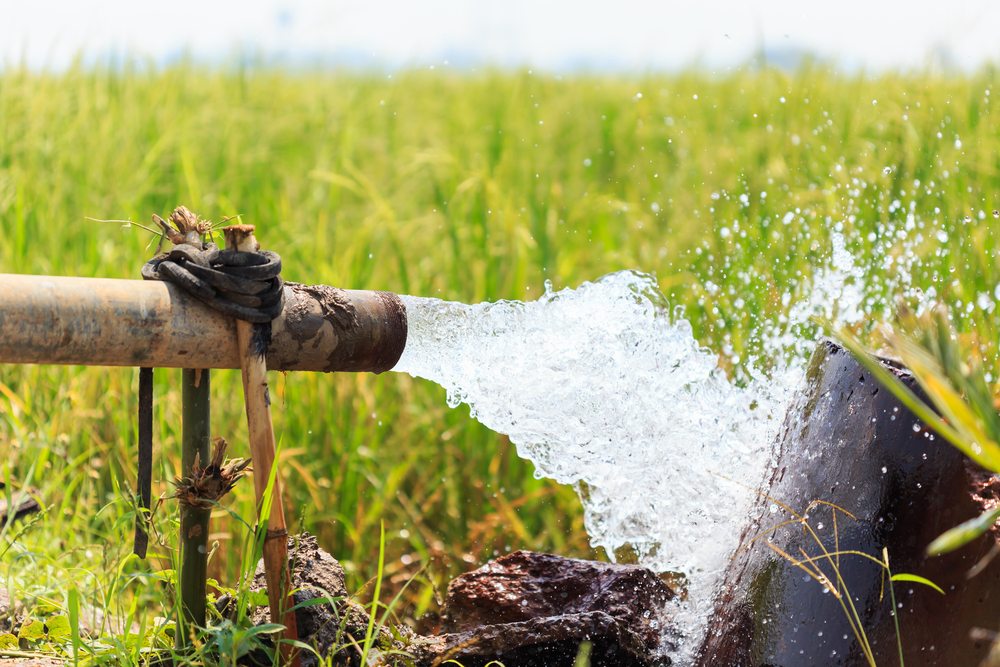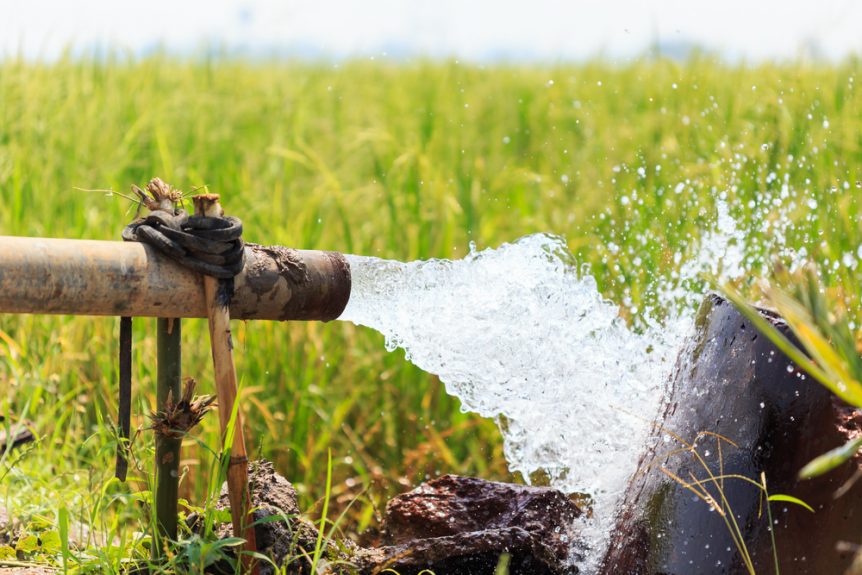Transitioning towards sustainable groundwater usage is becoming more accessible for farmers and Groundwater Sustainability Agencies (GSAs) through involvement in the LandFlex Grant Program. The Department of Water Resources (DWR), which developed the program, prioritizes access to those living in rural areas with critically overdrafted basins.
LandFlex provides farmers with resources to comply with requirements of the Sustainable Groundwater Management Act (SGMA) while increasing availability of groundwater to surrounding local communities. With depleting underground water availability, the DWR hopes to accelerate sustainable groundwater usage immediately, rather than SGMA’s goal of groundwater sustainability by 2040.

Since its pilot phase in 2023, LandFlex has expedited sustainable practices by employing resources in seven GSAs, amounting to 84,000 acre-feet of retired land, says Aubrey Bettencourt, CEO of the Almond Alliance. This protected 16,000 homes from empty wells. On farmland designated by producers as LandFlex compliant, last year’s floods were cause for an “incredible amount” of groundwater recharge, she said.
Since the pilot phase, LandFlex is showing itself to be effective in the transition to sustainable groundwater usage, but the newest concern is a lack of funding to continue the program.
Although the DWR recognizes its efficacy in the movement towards water-conscious agricultural production, there is a need for advocacy in the legislature to recognize the “importance” and “viability of this program,” Bettencourt said.
She also proposed “exploring diversity and more applications of the program,” particularly in an emergency, such as flood or drought, as “emergency funding is typically faster and easier to get even in a bad budget year,” Bettencourt said.
Another opportunity Bettencourt sees for the program is outreach to producers and GSAs who aren’t aware that they qualify. Bettencourt said that the program offers farmers “financial and regulatory security” and that the transition to sustainable groundwater usage will keep farmers from going out of business.
According to the LandFlex website, farmers who contract with the program fallow land for one year and refrain from pumping groundwater. In consecutive years, the farmer can plant cover crops that are high yield, lower water using commodities to be irrigated by rain, surface water, and groundwater without exceeding the limit.
Groupws partnering with the DWR to develop the program include Western United Dairies, Self-Help Enterprises, Community Alliance with Family Farmers and the Almond Alliance. As “the technical assistance providers on this program, we are more than happy to talk to any grower, GSA or district who is interested in having access to this program,” Bettencourt said.
She hopes to spread the word about the program to producers and GSAs who might be eligible, and eventually would like to make it accessible to farmers in the basins with a high risk of overdraft.
Furthermore, she encourages farmers to continue to ask the government for resources like the LandFlex program to support them on their journey towards a sustainable future. “We have more power than we know as growers, as the landowners, because sustainability of the aquifer cannot be achieved without us,” Bettencourt said.
“It’s a farmer forward program,” she said, and farmers are needed “to be part of the solution on things like groundwater recharge, flood protection, drought mitigation and protecting our communities.”
Contributing Author:
Lauren McEwen
AgNet West Intern










